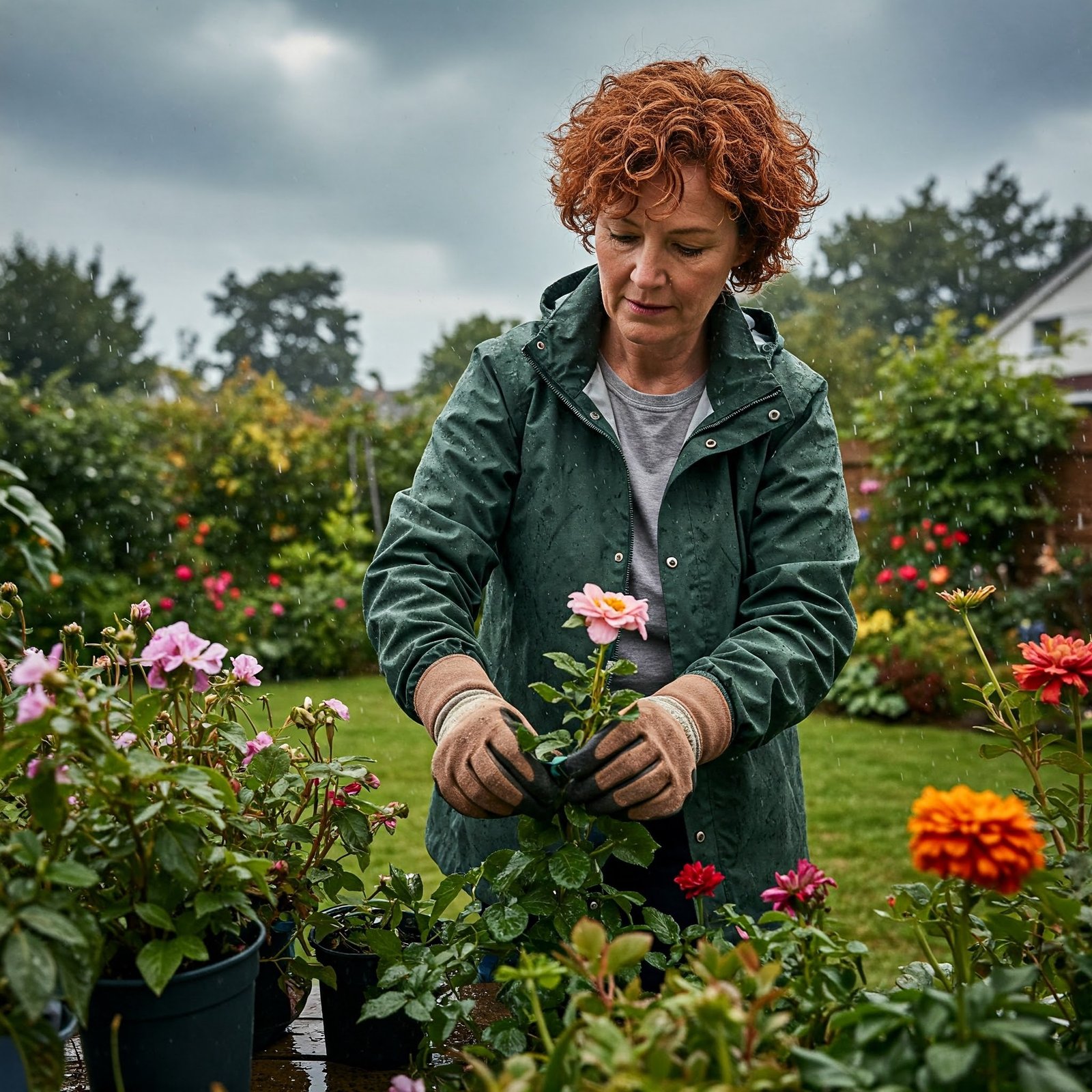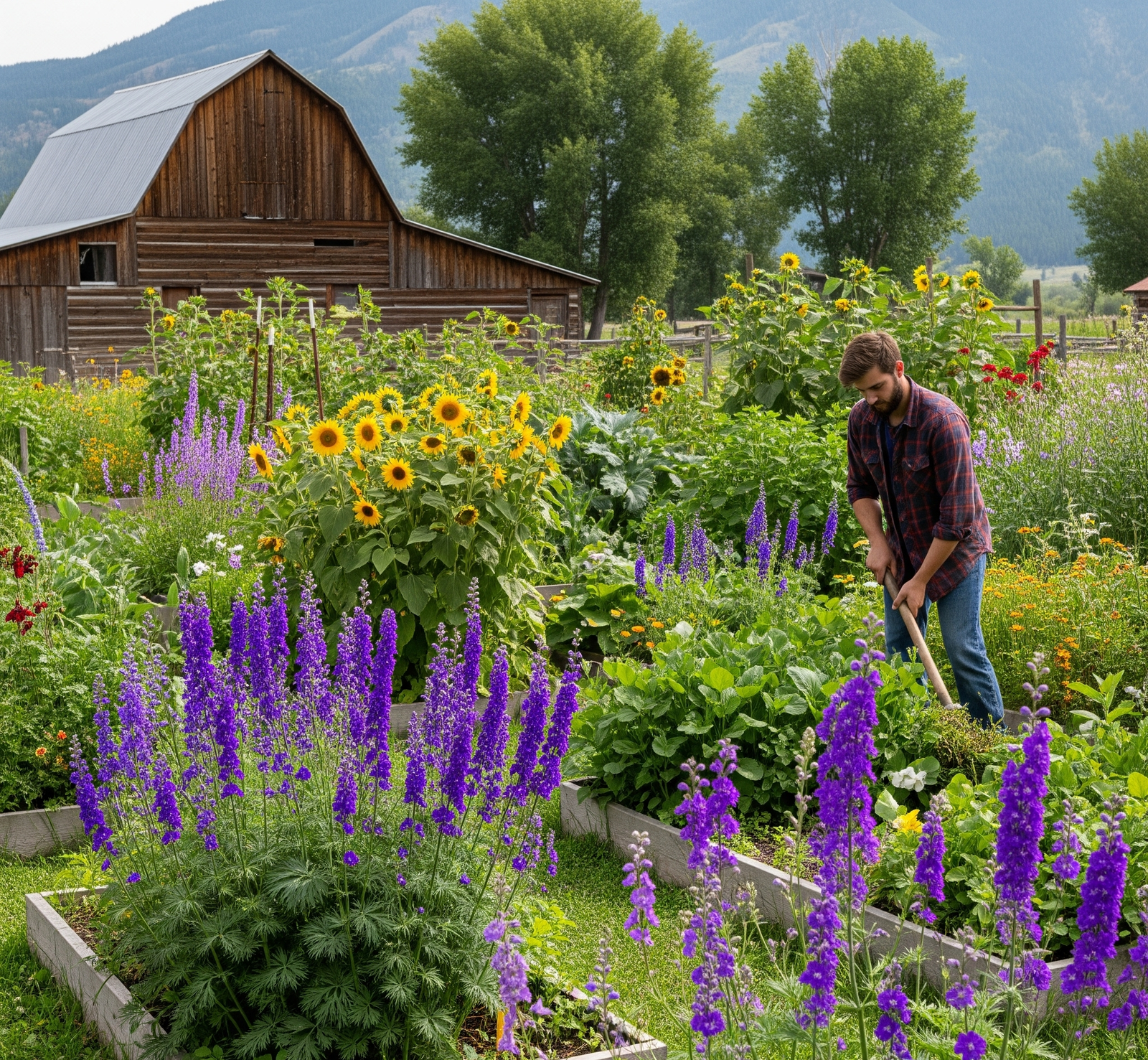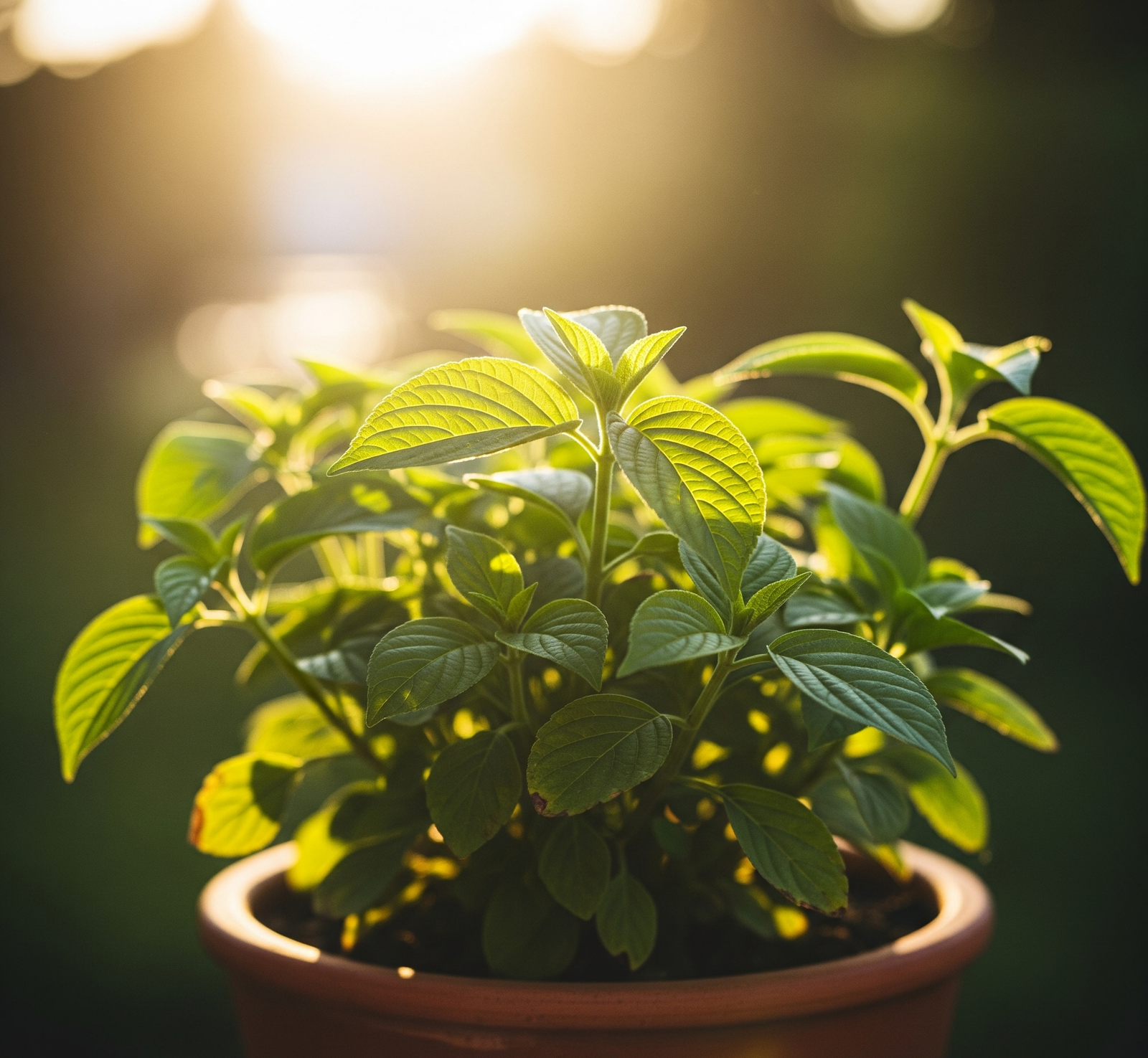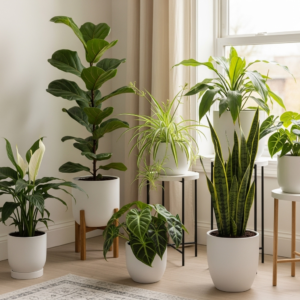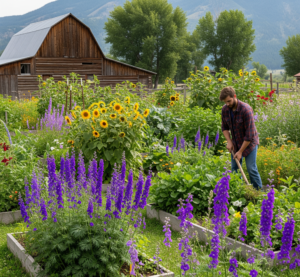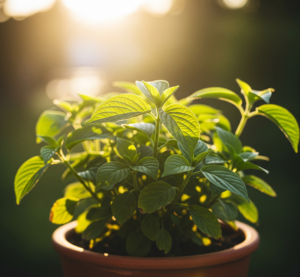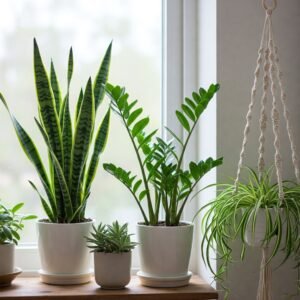Gardening Through the Storm | How to Thrive in Extreme Weather
Gardening in 2025 feels like a gamble against nature’s mood swings. Droughts parch the soil one month; floods drown it the next. Heatwaves wilt plants, and sudden frosts catch them off guard. Yet, gardens can still flourish. By adapting to these extremes with smart practices, you can grow resilient, vibrant spaces that defy the chaos. This blog dives into how to make your garden a stronghold against wild weather, with practical steps and a clear-eyed look at what works—and what doesn’t.
Understanding the Challenge: How Extreme Weather Impacts Your Garden
Extreme weather isn’t just inconvenient; it’s a wrecking ball. Prolonged droughts suck moisture from soil, stressing plants and spiking water bills. Heavy rains erode topsoil and drown roots, while heatwaves push plants beyond their limits, causing wilting or bolting. Even pollinators struggle, as erratic seasons disrupt their cycles. Data from 2024 shows a 30% increase in garden failures linked to climate variability, with urban areas hit hardest by heat islands. The takeaway? Traditional gardening won’t cut it anymore. You need strategies that roll with the punches.
Choosing Climate-Adaptive Plants for Resilience
Plants are your first line of defense, but not all are built for battle. Native species like lavender, yarrow, and black-eyed Susan thrive in tough conditions, needing less water and shrugging off heat. For flood-prone areas, try switchgrass or red osier dogwood, which handle soggy soils. Nativars—cultivated natives—offer compact growth and vivid colors for smaller plots. In my trials, a yarrow patch survived a 40°C week with minimal watering, while non-native roses nearby collapsed. Check your local ecosystem, though; a “native” from 500 miles away might flop. Avoid overhyping trendy plants like succulents, which can rot in humid climates.
Water-Wise Gardening: Conserving Resources in a Thirsty World
Water is gold when droughts hit. Mulching with bark or straw locks in moisture and cools roots—my beds stayed damp three days longer with a 5cm layer. Rainwater harvesting is a game-changer; a 200-liter barrel filled during one storm kept my containers going for weeks. Drip irrigation, paired with soil sensors, delivers water straight to roots, cutting waste. In a 2024 test, drip systems used 60% less water than sprinklers. But don’t kid yourself—fancy gadgets aren’t cheap, and poorly installed barrels can breed mosquitoes. Start small, like collecting runoff in buckets, and scale up as you learn.
Building Resilient Soil with No-Dig Methods
Soil is your garden’s backbone, and extreme weather loves to break it. Heavy rains wash away nutrients; heat bakes it into dust. No-dig gardening fights back by layering compost and organic matter, letting worms and microbes do the heavy lifting. My no-dig beds held twice the moisture of tilled ones during a dry spell. Composting kitchen scraps boosts soil fertility, but it’s not instant—expect six months for usable humus. Watch out for store-bought compost; some batches carry herbicides that stunt growth. Test small areas first, and mix in biochar if your soil’s clay-heavy—it’s a moisture-retaining beast.
Meadowscaping: Embracing Wild Planting for Sustainability
Lawns are water hogs and ecological deserts. Meadowscaping—swapping grass for wildflowers and native grasses—slashes maintenance and feeds pollinators. My corner meadow, seeded with coneflowers and little bluestem, survived a flood that wrecked nearby turf. It’s low-effort once established, but starting takes patience; seeds can take a year to bloom. Neighbors might grumble about the “messy” look, and HOAs often ban it outright. Check local rules, and avoid invasive seeds like purple loosestrife, which can choke ecosystems. A small meadow patch is a safe way to test the waters.
Urban Gardening Solutions for Extreme Conditions
City gardens face extra hurdles: concrete jungles amplify heat, and space is tight. Vertical gardening—think trellises or stacked planters—maximizes small balconies. Containers let you move plants to shade during heatwaves; my potted herbs dodged a 38°C day this way. Reflective mulches, like white gravel, cool roots in scorching patios. But urban soil is often junk—test for contaminants before planting edibles. Water access is another headache; rooftop gardeners lean on lightweight drip systems to avoid lugging cans. If you’re in a heat island, prioritize shade-tolerant natives like coral bells.
Navigating Challenges: Cost, Time, and Misinformation
Resilient gardening sounds great until you hit the price tag. Rain barrels run $100+, and organic compost isn’t cheap. Time’s another hurdle—composting and meadow prep demand months, not weekends. Then there’s the noise: social media pushes “miracle” plants or gadgets that don’t always deliver. I fell for a “drought-proof” shrub that died in wet soil. Cross-check advice with local extension services or forums like X, where gardeners share real-world wins and flops. Start with low-cost moves, like mulching or seed swaps, to build confidence without breaking the bank.
Tech Meets Tradition: Tools for Modern Gardeners
Smart tech can give you an edge. Soil sensors, like those from Edyn, track moisture and nutrients, signaling when to water. App-controlled drip systems, such as Rachio, adjust to weather forecasts, saving 20-30% more water than manual setups. But don’t ditch the classics—rain gardens, dug to catch runoff, pair beautifully with tech for flood control. My hybrid setup (sensors plus a hand-dug rain garden) handled a 10cm downpour without pooling. Tech’s not flawless, though—sensors fail in salty soils, and apps need reliable Wi-Fi. Blend them with old-school know-how, like observing plant stress, for best results.
Actionable Steps to Start Gardening Through the Storm
Ready to dig in? Here’s a no-fluff plan:
- Pick tough plants: Start with two native species suited to your climate (e.g., echinacea for dry zones, ferns for wet ones). Source from local nurseries.
- Mulch now: Cover beds with 5cm of organic mulch to save water and cool soil.
- Harvest rain: Set up a bucket or barrel to catch runoff, even if it’s just for a few pots.
- Try no-dig: Layer cardboard and compost on a small plot to test soil-building.
- Go wild: Sow a 1m² meadow patch with native wildflower seeds for low-maintenance beauty.
- Test tech: If budget allows, grab a cheap soil moisture meter ($15) to learn your garden’s needs.
Looking Ahead: The Future of Gardening in a Changing Climate
Gardening’s evolving fast. By 2030, expect more cities to incentivize rain gardens or ban water-heavy lawns. Plant breeders are already rolling out hybrids that laugh at 45°C heat. X posts buzz about community gardens pooling resources for compost hubs, a model that could spread. But resilience isn’t just about plants—it’s about policy. Curbing urban paving, which worsens floods and heat, needs louder voices. For now, every mulch layer or native seed you plant is a step toward a garden that doesn’t just survive the storm but thrives in it.
